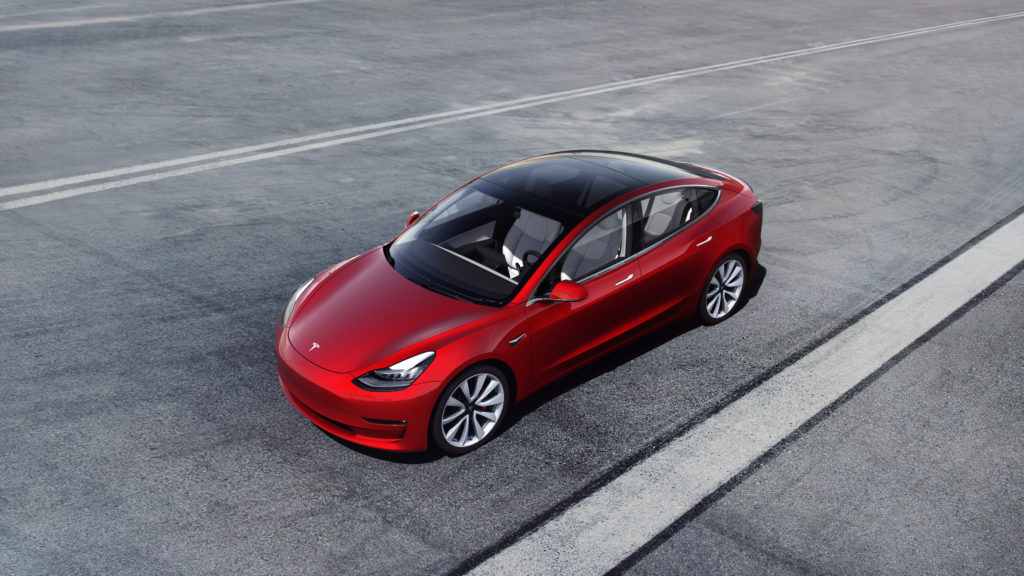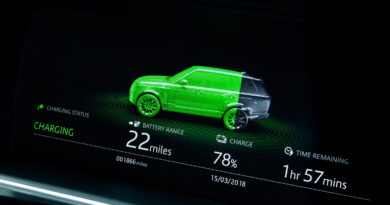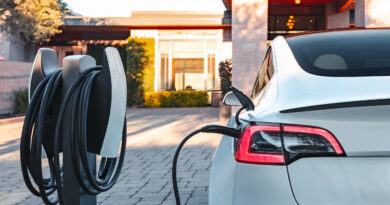EV or BEV: Electric vehicle or battery electric vehicle
The most obvious of all the electric vehicles and one that does what it says on the box: drives using only electricity. Battery packs are charged via a powerpoint or dedicated charging station and send power to electric motors to drive the vehicle. EVs – also known as BEVs, or battery electric vehicles – usually have a driving range of between 150km and 500km.
READ MORE: What is a hybrid vehicle (or HEV)?
READ MORE: What is a plug-in hybrid electric vehicle (PHEV)?
READ MORE: What is a fuel cell electric vehicle (FCEV)?
Pros: Zero CO2 emissions from the vehicle, performance, refinement
Cons: Expensive, can take a long time to charge
Ideal for: A second car or people who drive less than a couple of hundred kilometres a day
Examples: Nissan Leaf, all Teslas, Hyundai Ioniq Electric





